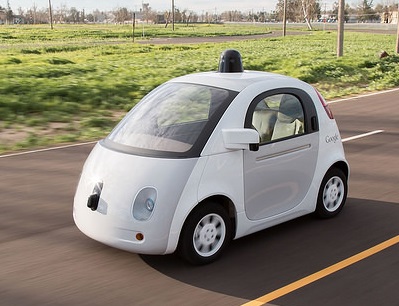 by Angela Guess
by Angela Guess
Kirsten Korosec reports in Fortune, “A car’s legal driver doesn’t always have to be human, according to U.S. vehicle safety regulators—it can also be artificial intelligence. The National Highway Transportation and Safety Administration told Google that the artificial intelligence system that controls its self-driving car can be considered a driver under federal law. The legal interpretation by federal regulators was made in response to a November petition from Chris Urmson, the director of Google’s self-driving car project. This is a critical first step for Google towards commercializing self-driving cars—a goal it wants to meet by 2020.”
Korosec continues, “However, NHTSA’s interpretation doesn’t mean fully autonomous vehicles are legal for public use. The next question is whether and how Google could certify that the self-driving system meets a standard that currently applies to vehicles with a human driver, says NHTSA’s chief counsel Paul A. Hemmersbaugh in a letter. This, in turn, leads to the next obvious hurdle: NHTSA must first test or find some way to verify such compliance. In other words, a long regulatory road remains ahead. Google faces a regulatory and design Catch-22. The company designed a prototype self-driving car that has no steering wheel, throttle or brake pedals. Instead AI software controls the car. Lasers, radar, and sensors give the vehicle’s brains a 360-degree view of its environment to the point that it can recognize objects up to two football fields away.”
photo credit: Marc van der Chijs